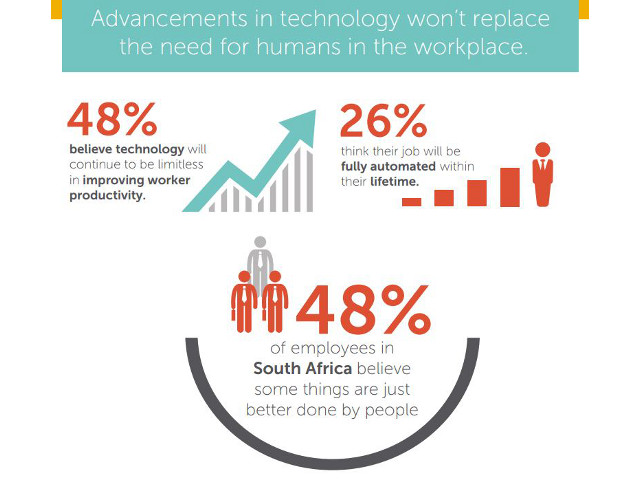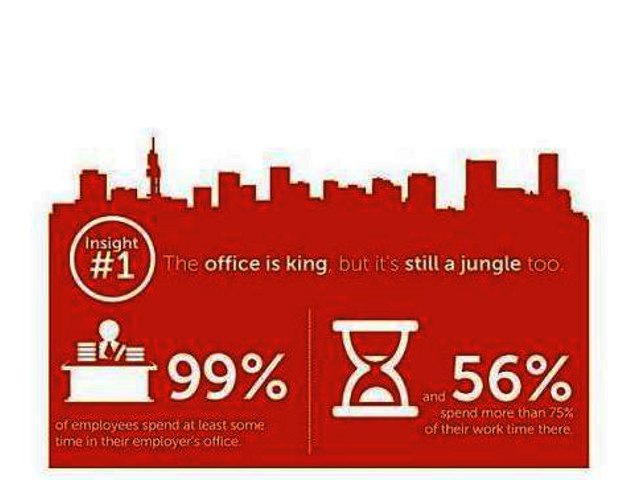By Chris Buchanan, Director of End user computing at Dell South Africa
Enterprise mobility strategies have dramatically changed during the last few years and as a result, the IT industry's perception of mobility is significantly more positive. But what is behind this shift in perception? A driving factor is the continual evolution of security innovation, which has been working its magic to reassure organisations that the biggest asset after its people — its data — is more secure than ever.
Industry perception of mobility five years ago
In 2010, the device market was still developing – with fewer device options, less familiarity and higher price tags. Combined with the impact of the global economic recession, this meant that organisations were cautious about introducing mobile devices to the enterprise environment and deploying mobility strategies. Instead they were focused on reducing IT spend and streamlining resources.
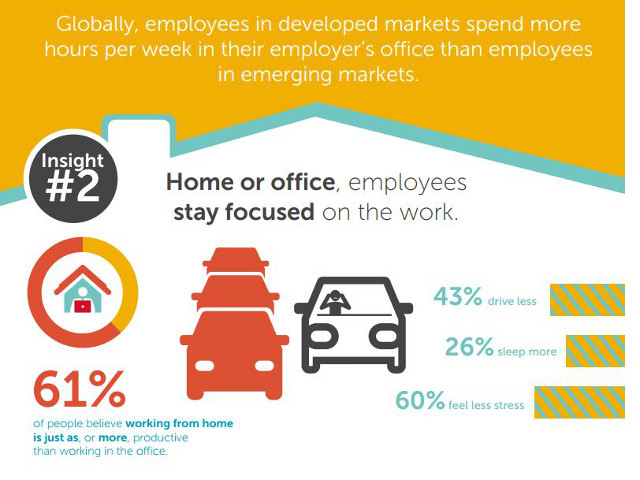
Businesses were unclear about the extent to which mobility strategies and personal devices could affect security of their businesses. 44 percent of organisations surveyed by Goode Intelligence did not have a specific security policy and 68 percent of CIOs felt there was no general awareness of mobility security.
IT teams were not always equipped to handle the pressure of coordinating mobility strategies, requiring a dedicated enterprise mobility management team to handle network integration and connectivity and to cover any related security issues. If a mobility strategy was not properly implemented, there was a serious risk of introducing threats to the network or the technology becoming outdated and redundant in a few years because it was not future proofed.
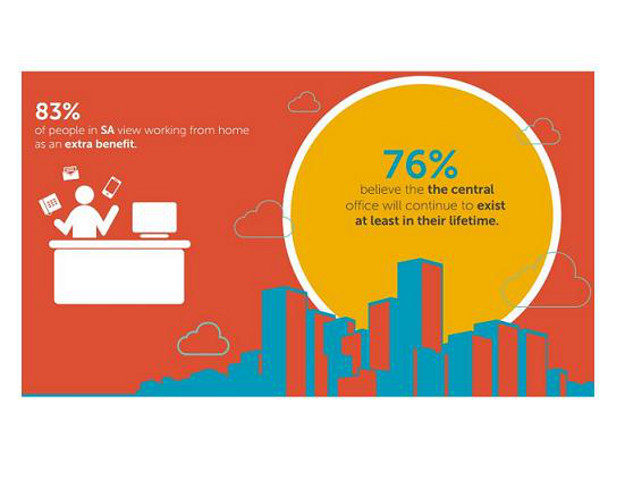
Only five years ago, a lack of understanding and restricted IT capability meant implementing a mobility strategy was costly and required significant time and resources. Besides having concerns about security issues, businesses were not convinced of the productivity benefits mobility claimed to afford and feared the negatives would outweigh the positives.
So what changed?
As technology advanced, the next few years saw organisations faced with an overwhelming number of regulatory, compliance, security and privacy issues. Moreover, there were a number of high profile security breaches that highlighted the importance of keeping sensitive data safe.
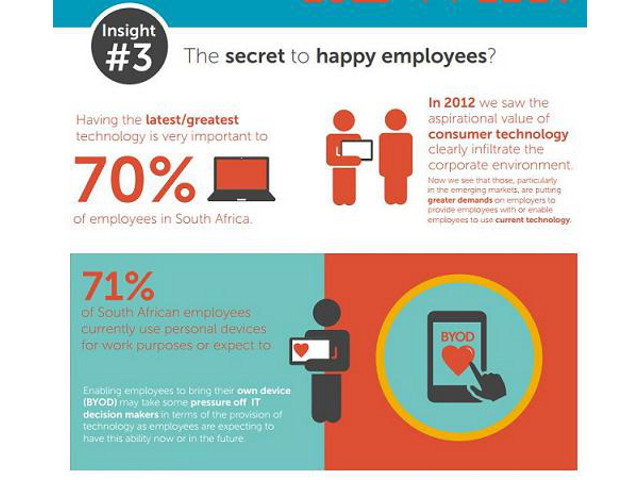
In an effort to reduce the barriers to adoption and solve customer pain points, technology companies focused on developing and promoting innovations to ensure devices met customer security requirements and that data was protected in the data centre, over the air and on devices.
A prime example of this was the introduction of a new category of tablet that was designed to meet changing customer needs and provide enterprise-level security, data encryption and network connectivity. In this case, the numbers said it all – worldwide tablet sales in 2010 sat at 19 million, whereas the global shipment of tablets in 2015 is estimated at 321 million.
Current industry perceptions
Modern employee expectations are now governed by their consumer experiences and they want the same choice and functionality in their work life as they have become accustomed to at home.
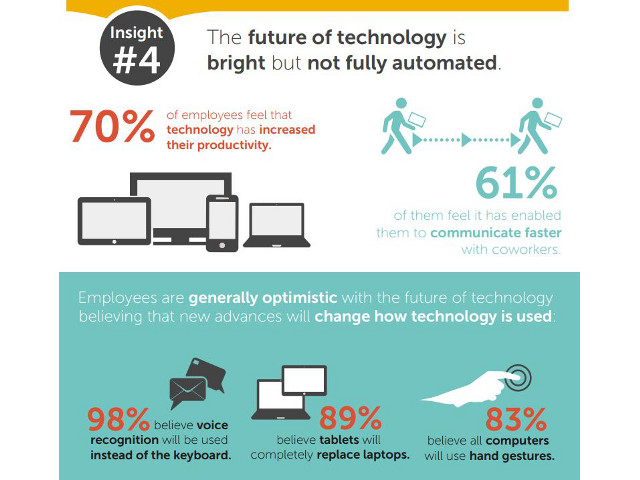
Additionally, innovations in end-user technology and the explosion of wireless internet has created a new generation of mobile workers who became accustomed to a certain level of constant connectivity, allowing them to work while on the move. Increasingly, the idea of a secure, fast and reliable network reinforced this lifestyle, improved productivity and ultimately enhanced workplace collaboration.
The 2014 Evolving Workforce Study highlights that the secret to happy employees is not such a mystery after all, with 70 percent of South African employees admitting that having the latest and greatest technology plays a vital part in how they feel about their working environment. Additionally, as the lines between work and personal blur, consumer technology will continue to infiltrate the corporate environment. For example, 71 percent of South African employees already use or expect to use personal devices in the near future and this figure is still growing.
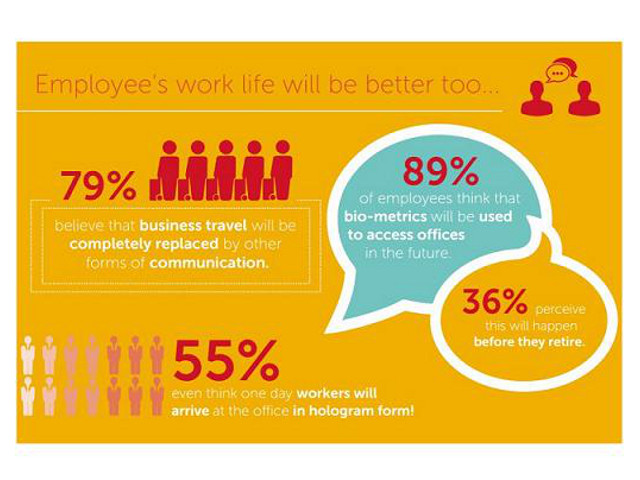
Mobility has become one of the most important technology trends for businesses, with a recent IDC study stating that more than two thirds of companies already implemented tablets in the workplace, and nearly 70 percent plan to purchase tablets within the next two years.
A 2013 survey highlights that 83 percent of companies say they plan to support tablets; 77 percent say they plan to support two or more mobile operating systems and 45 percent plan to support three or more mobile operating systems. This is in addition to desktop operating systems. However, there is still an underlying concern that organisations are still not entirely convinced mobility has overcome the fundamental types of security risks enterprises face.
Looking forward
Improvements in biometric security technology may provide an extra layer of security, as we have already seen with fingerprint readers, smart authentication and the beginnings of facial recognition with mobile banking. As such, mobility security will become an important feature in IT strategies with 72 percent of enterprises committed to enhancing security for future mobility initiatives.
Awareness and education, now more than ever, also has a key role to play in ensuring companies are aware of the benefits of a mobility strategy within an enterprise environment, with 31 percent of employees stating that technology has increased their productivity.
As mobility strategies become more commonplace, new challenges will inevitably arise, and it will be the responsibility of technology vendors to combat these new issues. Security concerns need to continue to be addressed so that trust and confidence can continue to be built over time.
